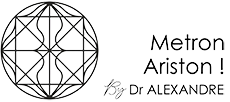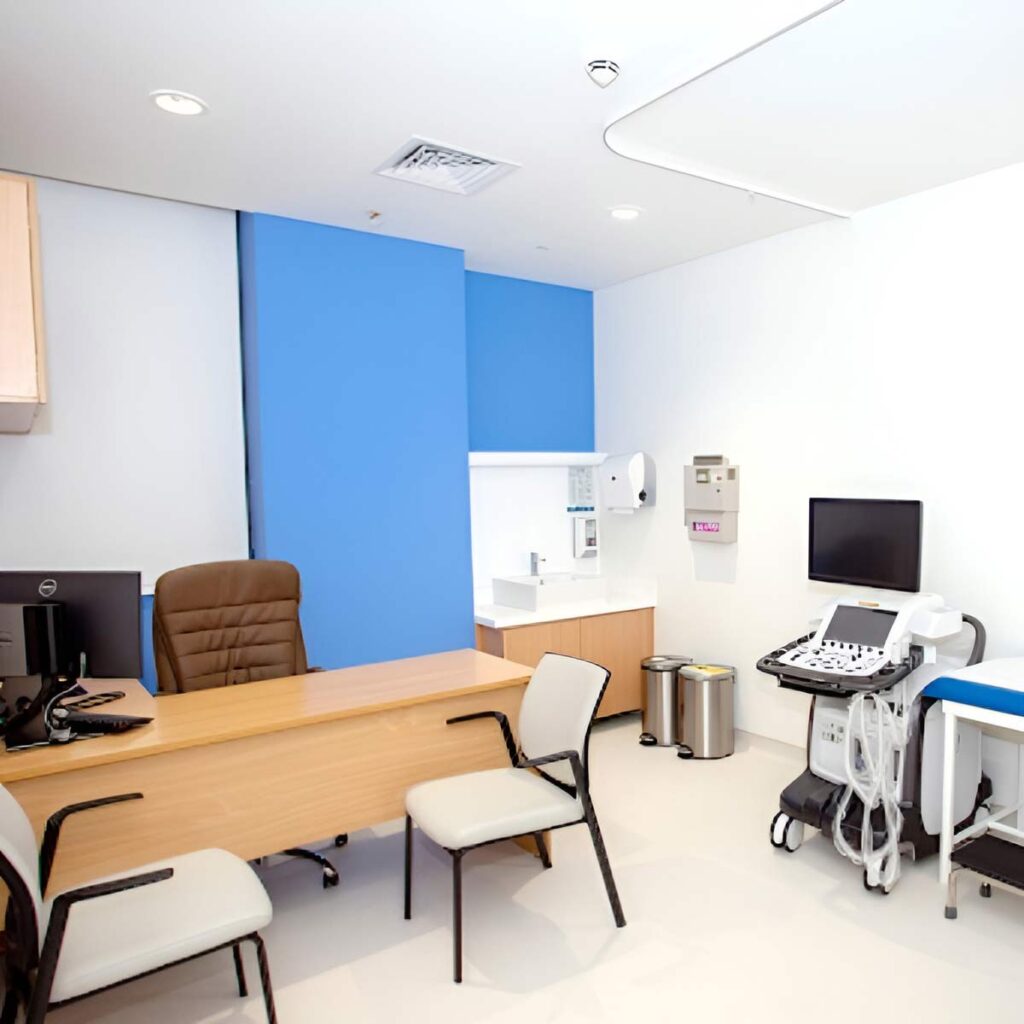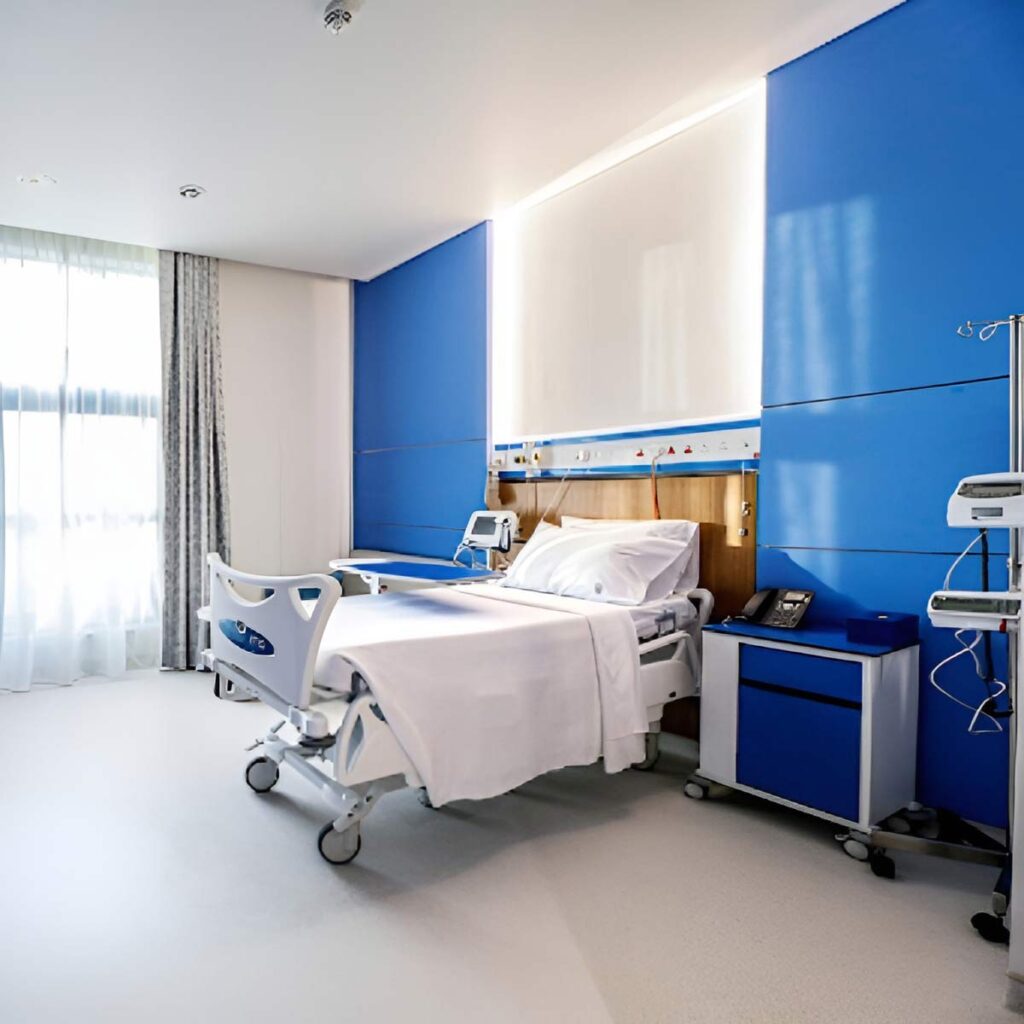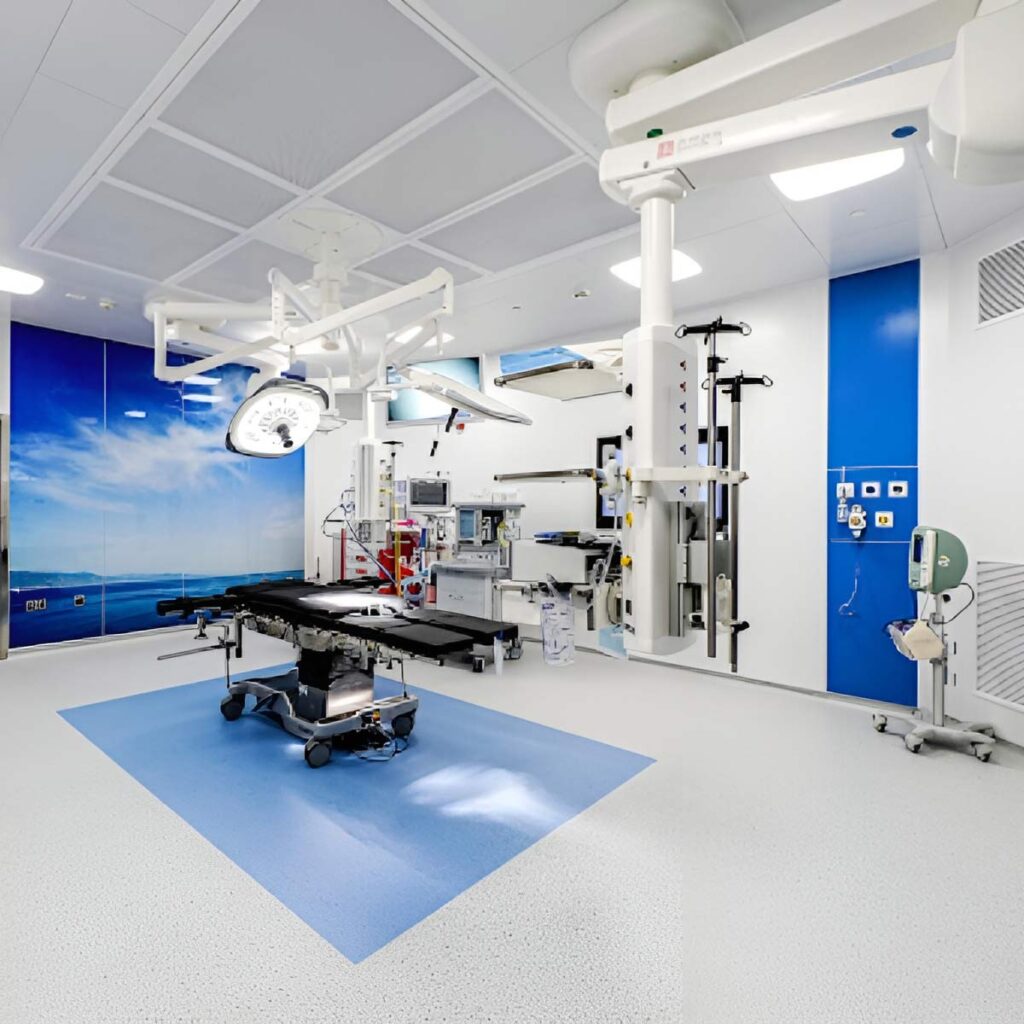Body Lift – Post Bariatric Plastic Surgery
Body lift improves the shape and tone of the underlying tissue that supports fat and skin. Excess sagging fat and skin are removed to treat conditions caused in part by poor tissue elasticity. The procedure(s) can improve a dimpled, irregular skin surface, which is commonly known as cellulite. A body lift may include these areas:
Book A Free Consultation
Dr. Alexandre Dionys M.d., Ph.d.
Book A Free Consultation
Before the operation
During your body lift surgery consultation, be prepared to discuss:
Your body lift surgeon will also:
Hospital Facilities
Our state of the art facilities are designed for premium plastic surgery services, making use of advanced technologies and enabling the application of innovative techniques.
Our patients benefit from the latest advancements in aesthetic surgery procedures, which ensure minimal downtime and optimal results.
Our facilities are equipped with cutting edge technologies and provide a comforting environment, focusing on delivering not just transformative plastic surgery solutions but also a superior patient experience. The dedicated staff, from the doctors to support personnel, is committed to maintaining the highest standards of patient care, making Dr. Alexandre a top choice for high-quality plastic surgery services in a sophisticated setting.
The procedure
Body lift procedures are surgical procedures and they require extensive incisions. Incision length and pattern depend on the amount and location of excess skin to be removed, as well as surgical judgment. Advanced techniques usually allow incisions to be placed in strategic locations where they can be hidden by most types of clothing and swimsuits.
One common technique of complete lower body lift uses incisions similar to a bikini pattern to tighten the abdomen, groin, waist, thigh and buttock in one procedure. A circumferential incision around the body removes an apron of excess skin and fat and repositions and tightens tissues. Liposuction and surgical body lifts may be necessary to achieve an improved contour.
After the operation
During your body lift surgery recovery, dressings or bandages will be applied to the incisions after the procedure is complete. Small, thin tubes may be temporarily placed under the skin to drain any excess blood that may collect.
You will be given specific instructions that may include how to care for your surgical site(s) following surgery, medications to apply or take orally to aid healing and reduce the risk of infection, specific concerns to look for at the surgical site or in your general health, how to care for your drains, and when to follow up with your plastic surgeon.
The result
The results of body lift surgery are visible almost immediately. However, it may take two years or more for the final results of the body lift procedures to fully develop. You can view photos of the kinds of procedures performed during a body lift in our before and after photo gallery.
Some visible scars will remain, but the overall results are long-lasting, provided that you maintain a stable weight and general fitness. As your body ages, it is natural to lose some firmness. However, most of your initial improvement should be relatively permanent.




















